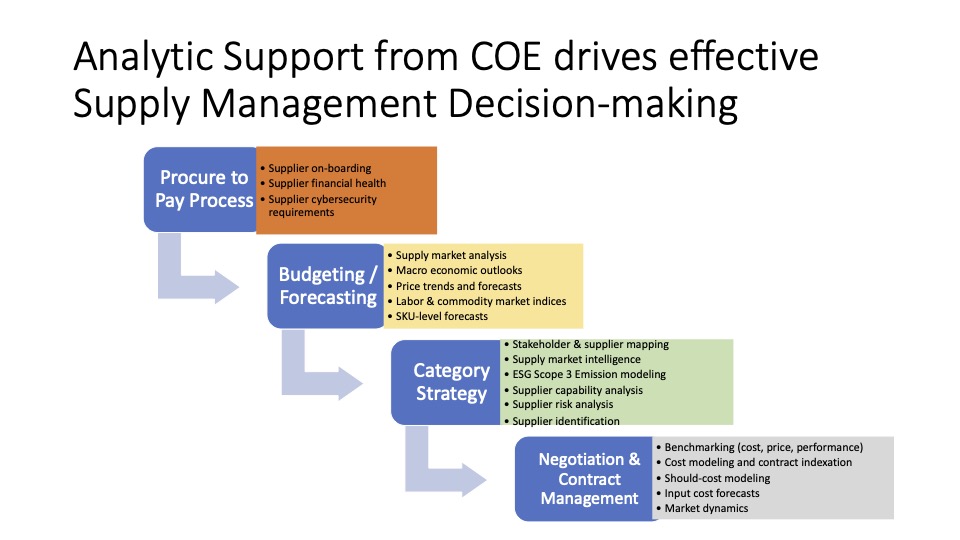Most State Pension Plans Paper Over Unfunded Liabilities

An analysis of state pension plans from across the country finds that the already troubling state of pension finances may be even worse than it first appears because many pension managers are making their plan’s financial condition look better by perpetually putting off payments.
“Imagine having a 30-year mortgage and each year, instead of making your mortgage payments and having 29 years of payments left, you simply re-amortize the remaining liability over another 30-year period,” says Jeff Diebold, an assistant professor of public policy at North Carolina State University and lead author of a paper on the analysis.
“Using this approach, you can manufacture lower amortization payments for yourself, but you will not eliminate the underlying liability,” Diebold explains. “That’s called open-ended amortization, and despite being an unscrupulous accounting practice, it is widespread among state pension plans.”
State officials can adopt open-ended amortization to reduce the amount the state must contribute to the pension system each year or to improve the appearance, but not the reality, of the state’s current funding effort. Regardless of the reason, open-ended amortization exacerbates funding shortfalls, compounding the risk that the state will have insufficient funds to pay its pension obligations to retired state employees.
“Worse still, we find that officials are most likely to adopt open-ended amortization periods when their plan’s financial condition worsens and would otherwise require higher contributions from the state,” Diebold says.
At issue is how state-funded pension plans respond to two things: increases in liability, which is the amount of outstanding debt a state owes to a pension plan; and increases in “normal costs,” which are the costs a state incurs in a given year related to its projected pension obligations.
“When either of these costs increase, plan officials, most of whom are political appointees, appear willing to risk the pension promises the state has made to current and future retired public employees in exchange for short-term budgetary benefits to the state,” Diebold says.
To address questions regarding those two issues, Diebold and his co-authors evaluated 106 state pension plans, across all 50 states, for which data were available for the years 2001 through 2014.
“Almost all states carry some public pension liability, meaning that they have unpaid debt from previous years,” Diebold says. “And we found that more than half of the pension plans we evaluated have used open-ended amortization to address those liabilities.
“We also found that when there are increases in normal costs, such as statewide salary increases, many pension managers adopt imprudent financial administration techniques that effectively defer paying off liabilities while also making the asset-to-liability ratio look good,” Diebold says.
“This isn’t even a gamble, this is just a losing game in the long term,” Diebold says. “All but two states are legally required to meet their pension obligations, and at some point those bills are going to come due.”
The paper, “Sweat the Small Stuff: Strategic Selection of Pension Policies used to Defer Required Contributions,” is published in the journal Contemporary Economic Policy. The paper was co-authored by Vincent Reitano, a former Ph.D. student at NC State, and Bruce McDonald, an assistant professor of public budgeting and finance at NC State.
-shipman-
Note to Editors: The study abstract follows.
“Sweat the Small Stuff: Strategic Selection of Pension Policies used to Defer Required Contributions”
Authors: Jeffrey Diebold, Vincent Reitano and Bruce McDonald, North Carolina State University
Published: June 16, Contemporary Economic Policy
DOI: 10.1111/coep.12236
Abstract: The administrators of state-sponsored defined benefit public pension plans have considerable discretion to determine the accounting and actuarial parameters used to calculate the normal cost contributions and amortization payments that, together, comprise the sponsoring state’s annual required contribution amount. Using longitudinal data from the Public Pension Database and a fixed effects approach, we find evidence that suggests plan administrators decisions about cost and amortization methods are influenced by the normal cost and amortization payments, respectively. When these costs increase, administrators tend to use less prudent methods that defer, or keep low, the pension contributions required from the state while, simultaneously, and perversely, improving the appearance of the plan’s funded status and the state’s funding discipline.
This post was originally published in NC State News.


